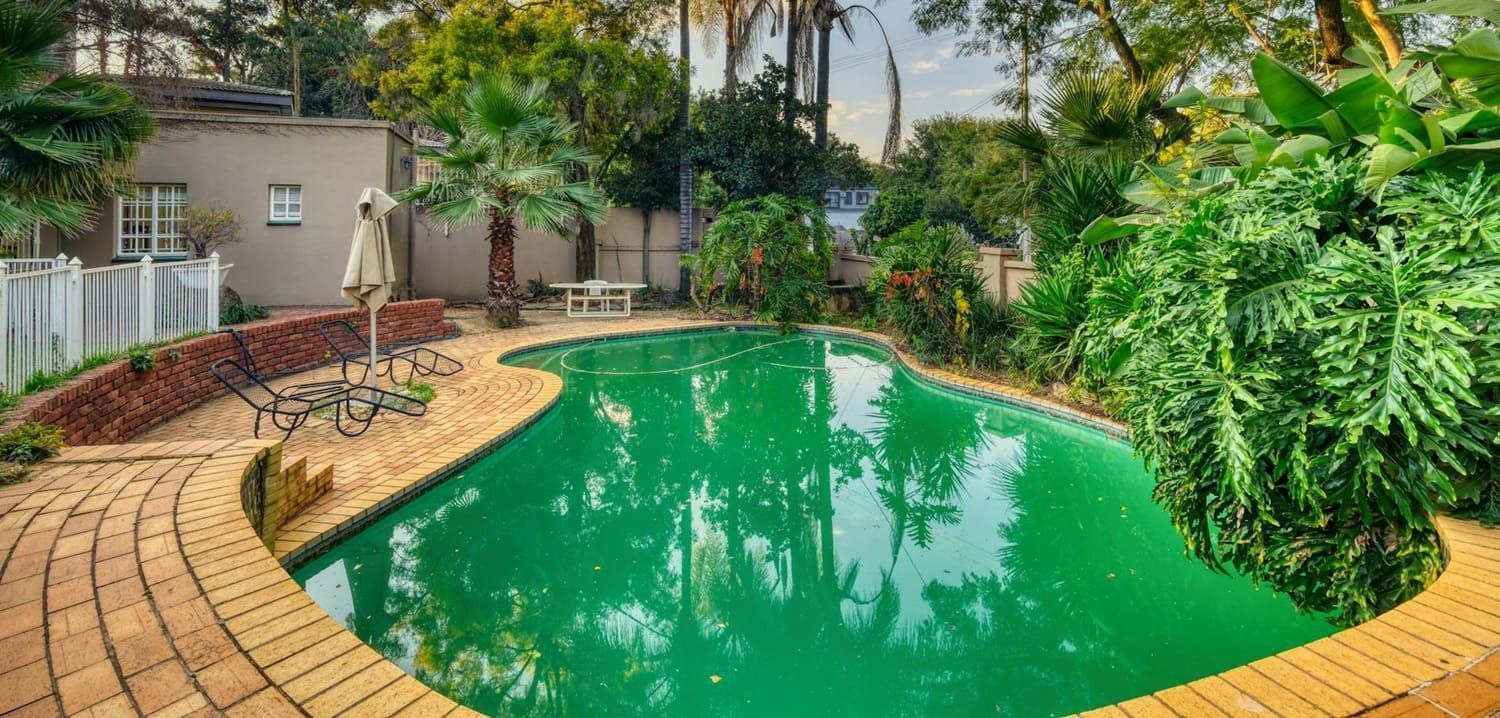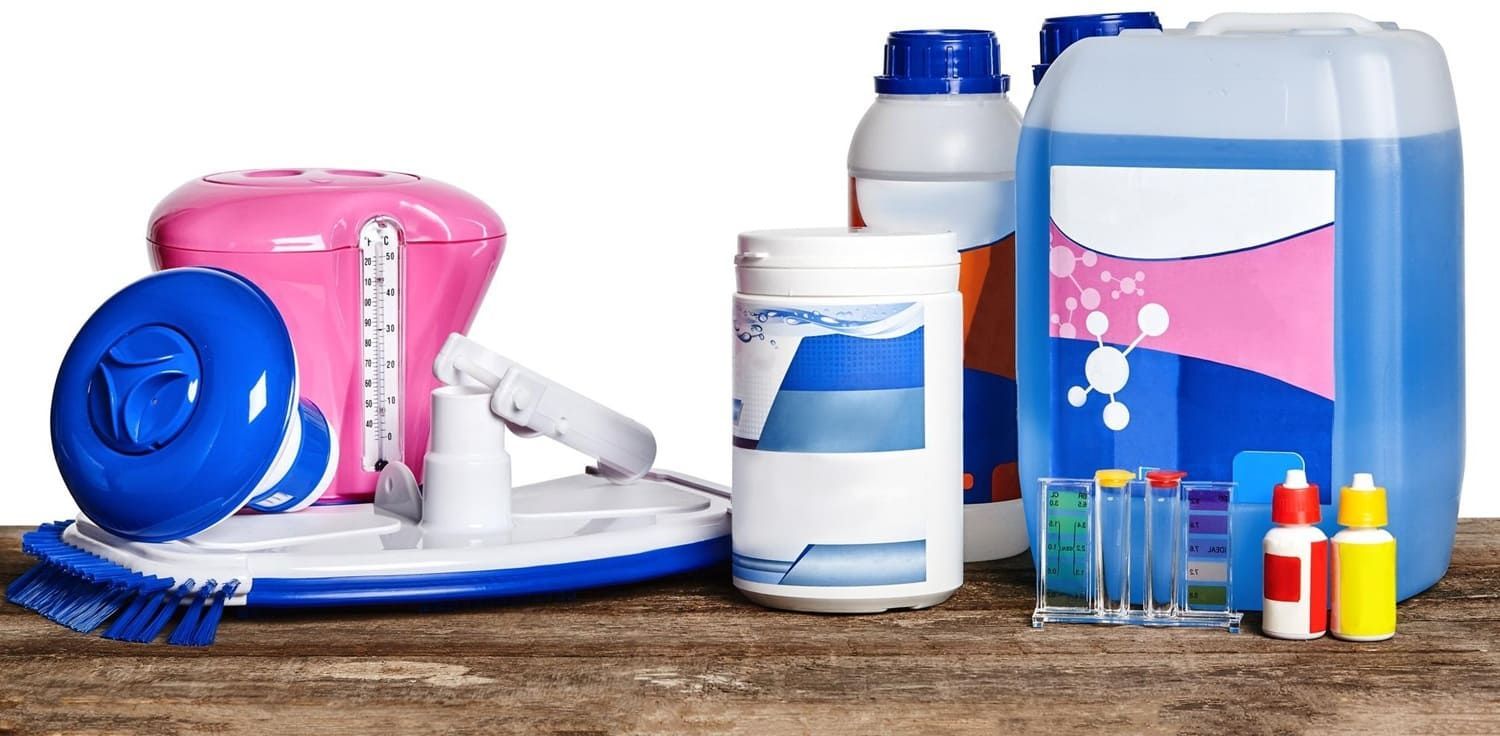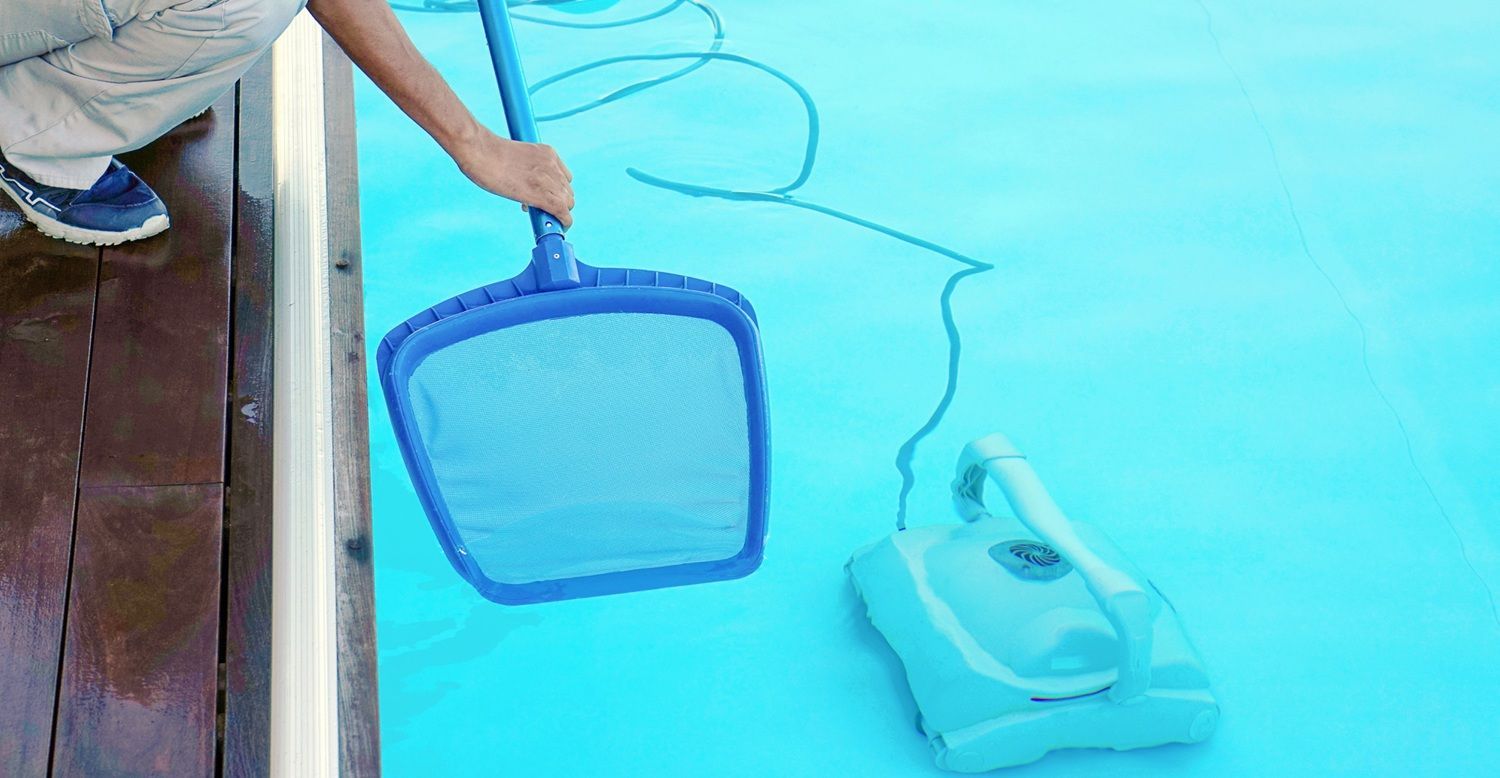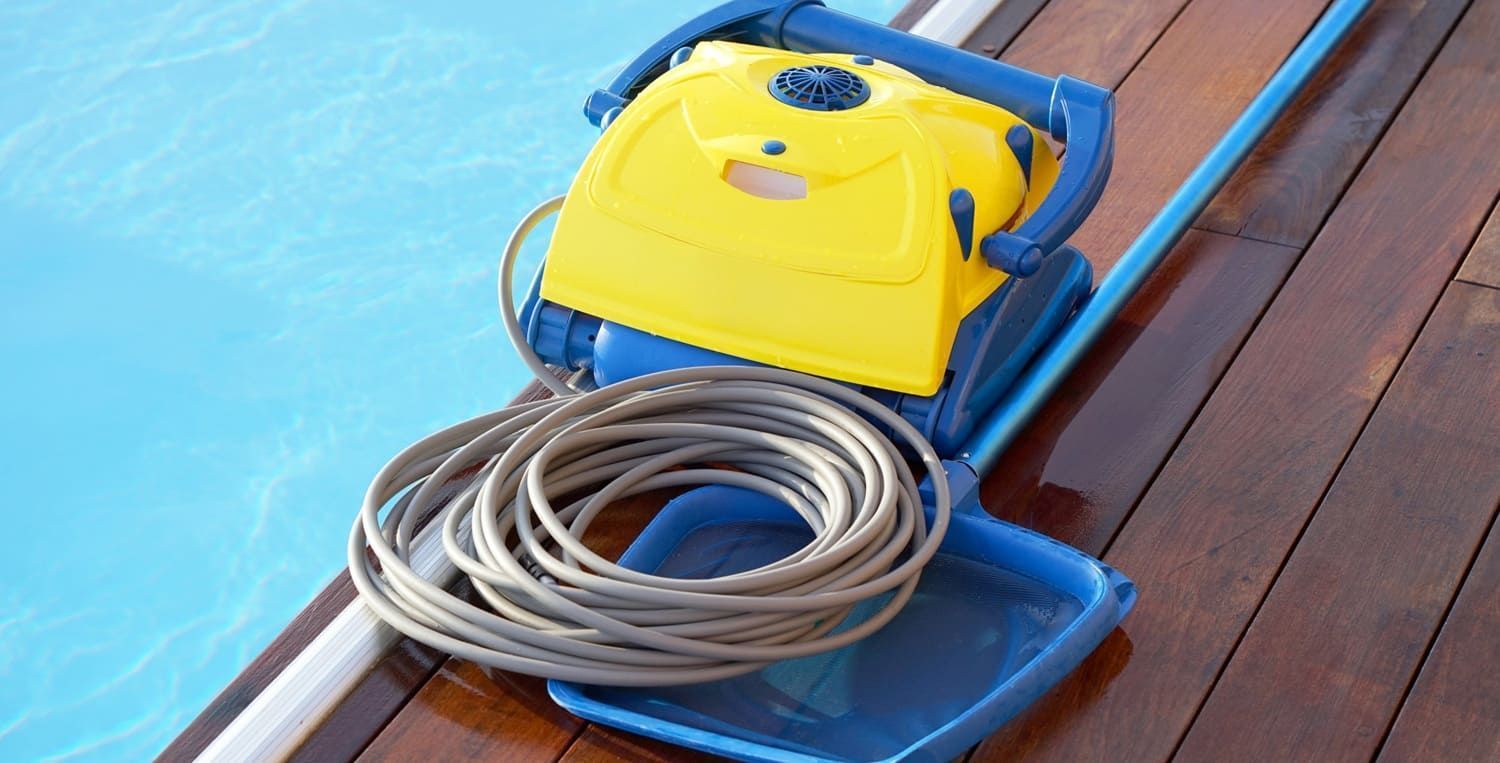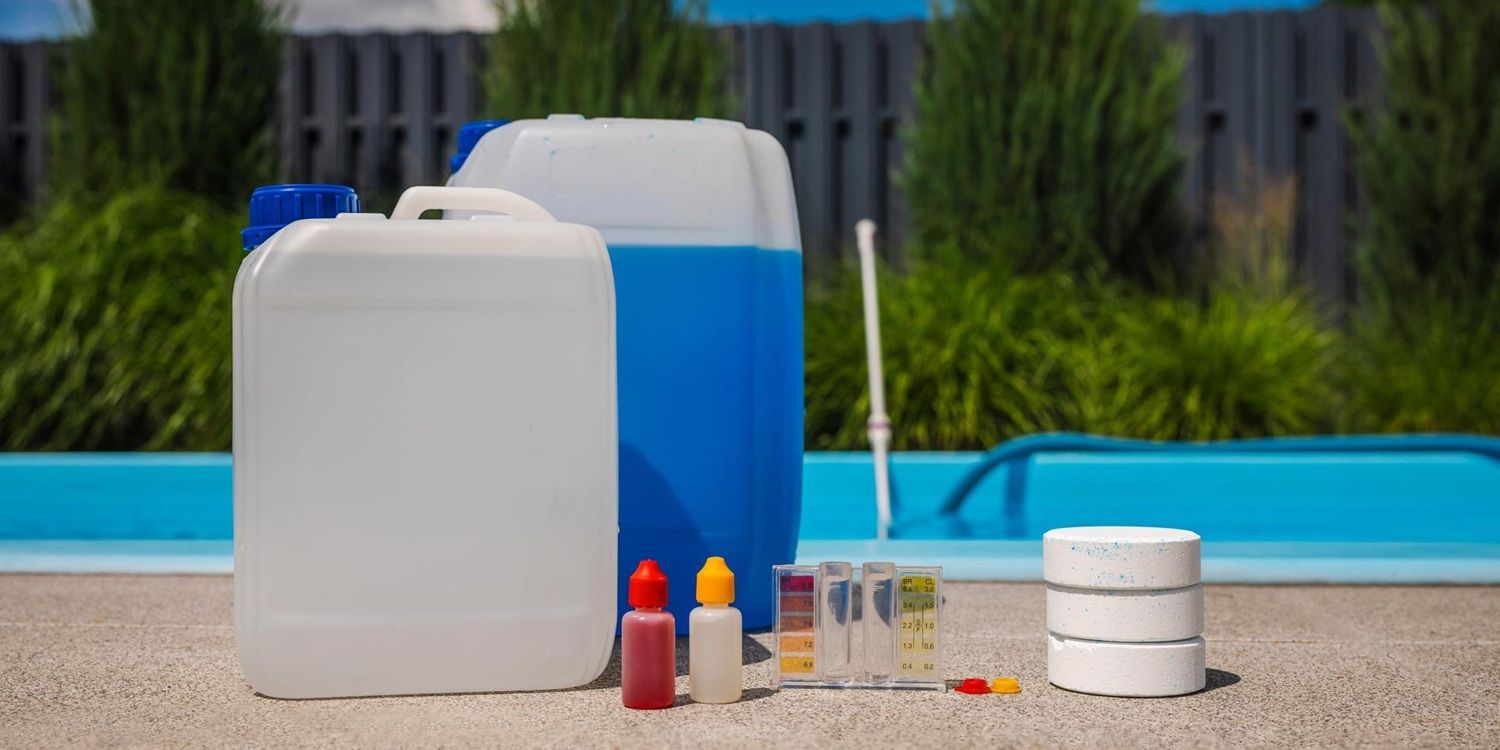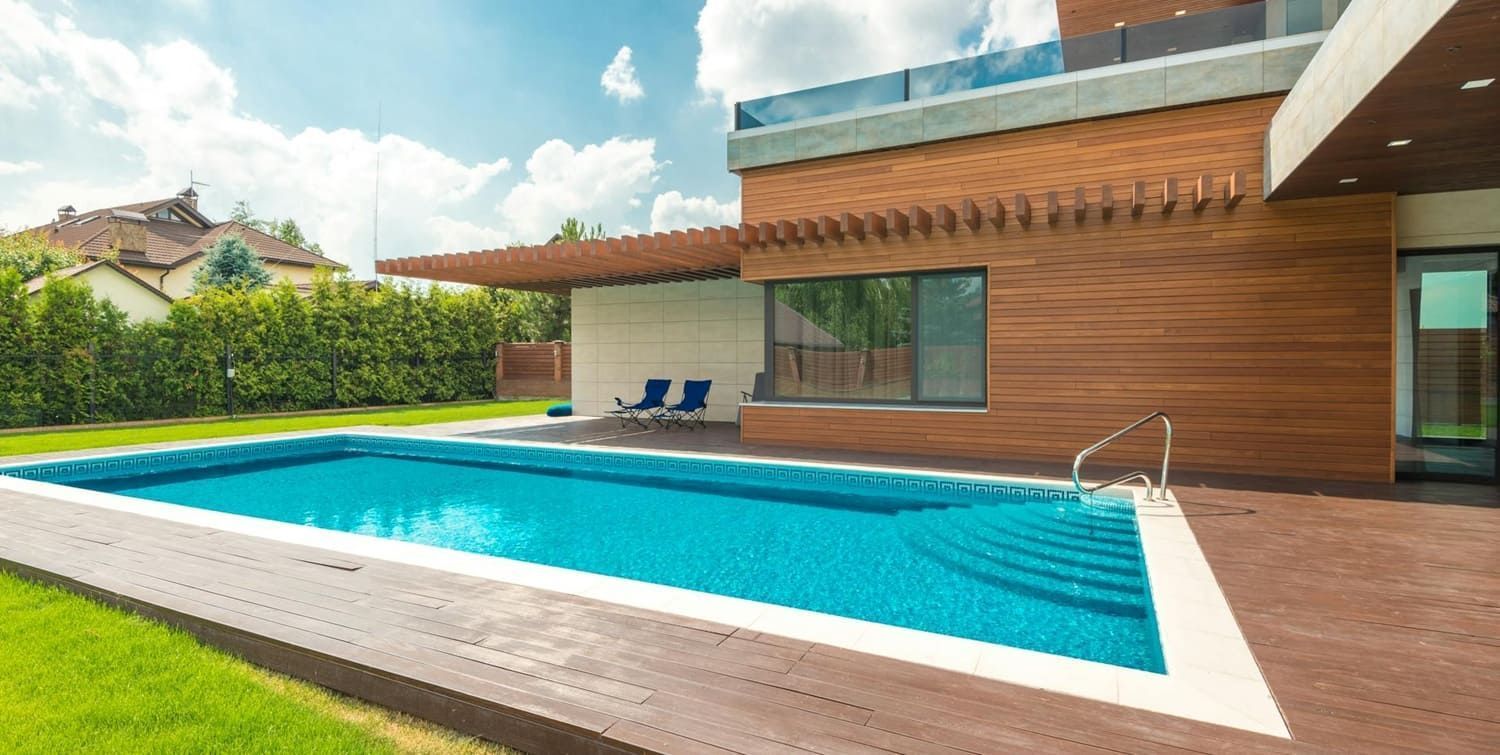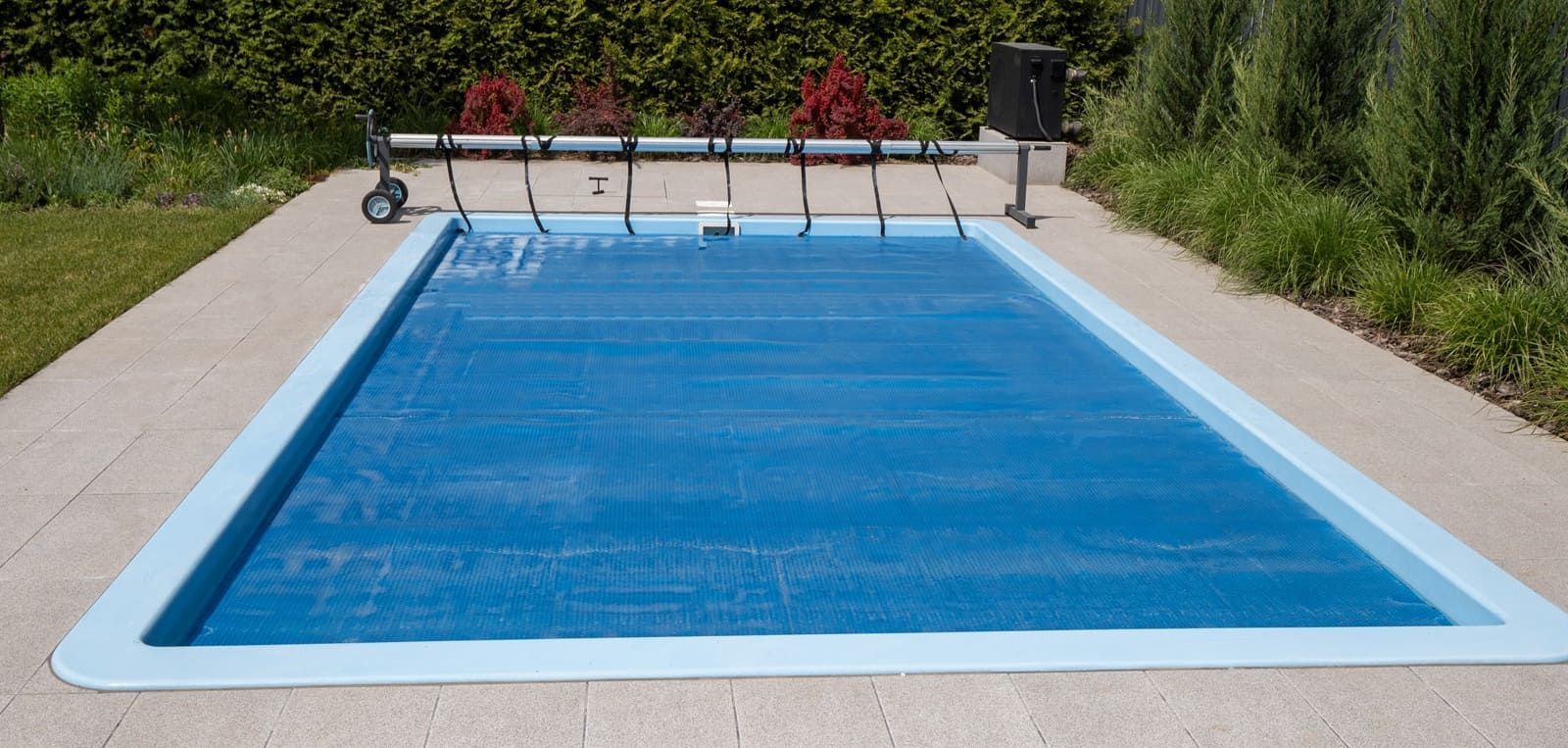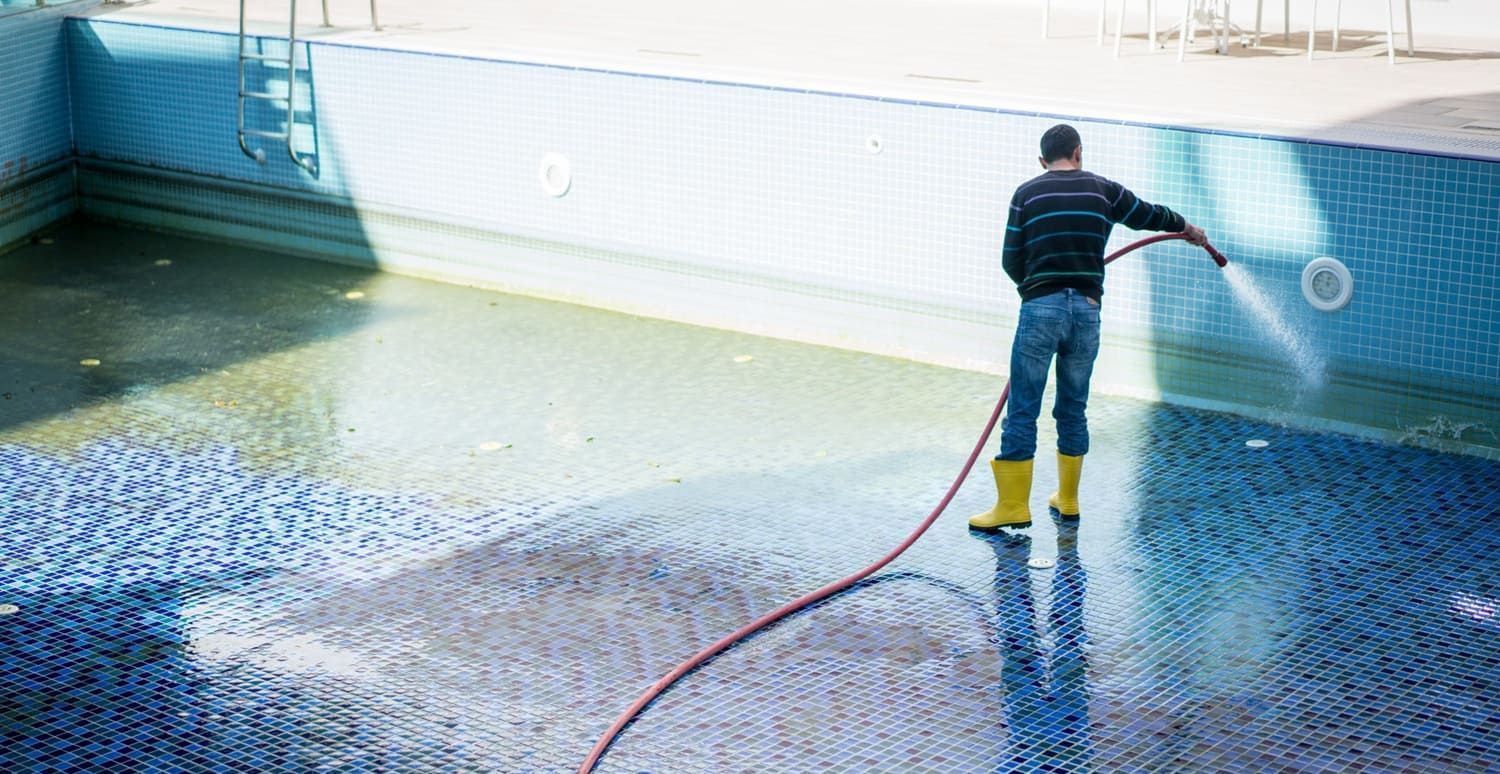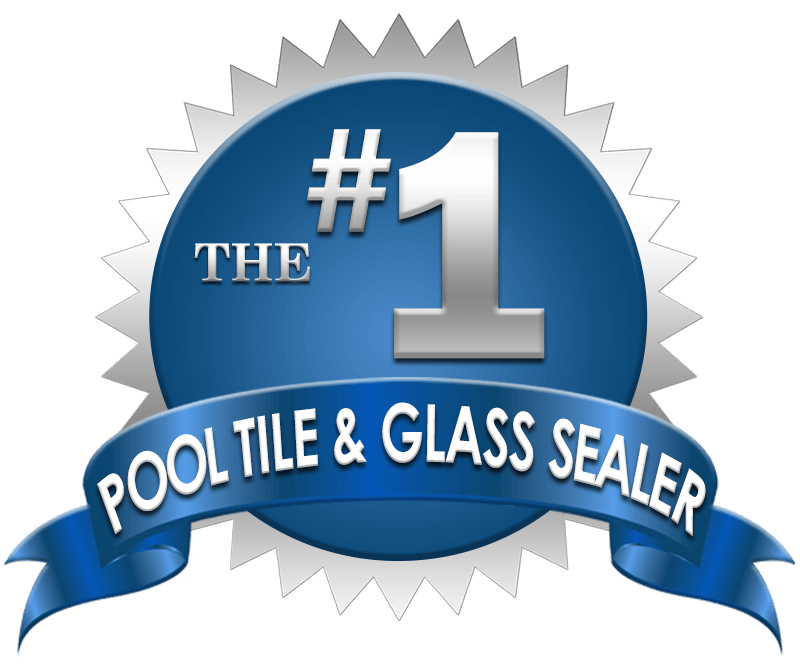What Causes Calcium Buildup in Your Pool (and How Can You Clean it)
There are two types of pool calcium that can occur. One is pretty easy to get rid of but the other can be a challenge. Keep reading to learn more.
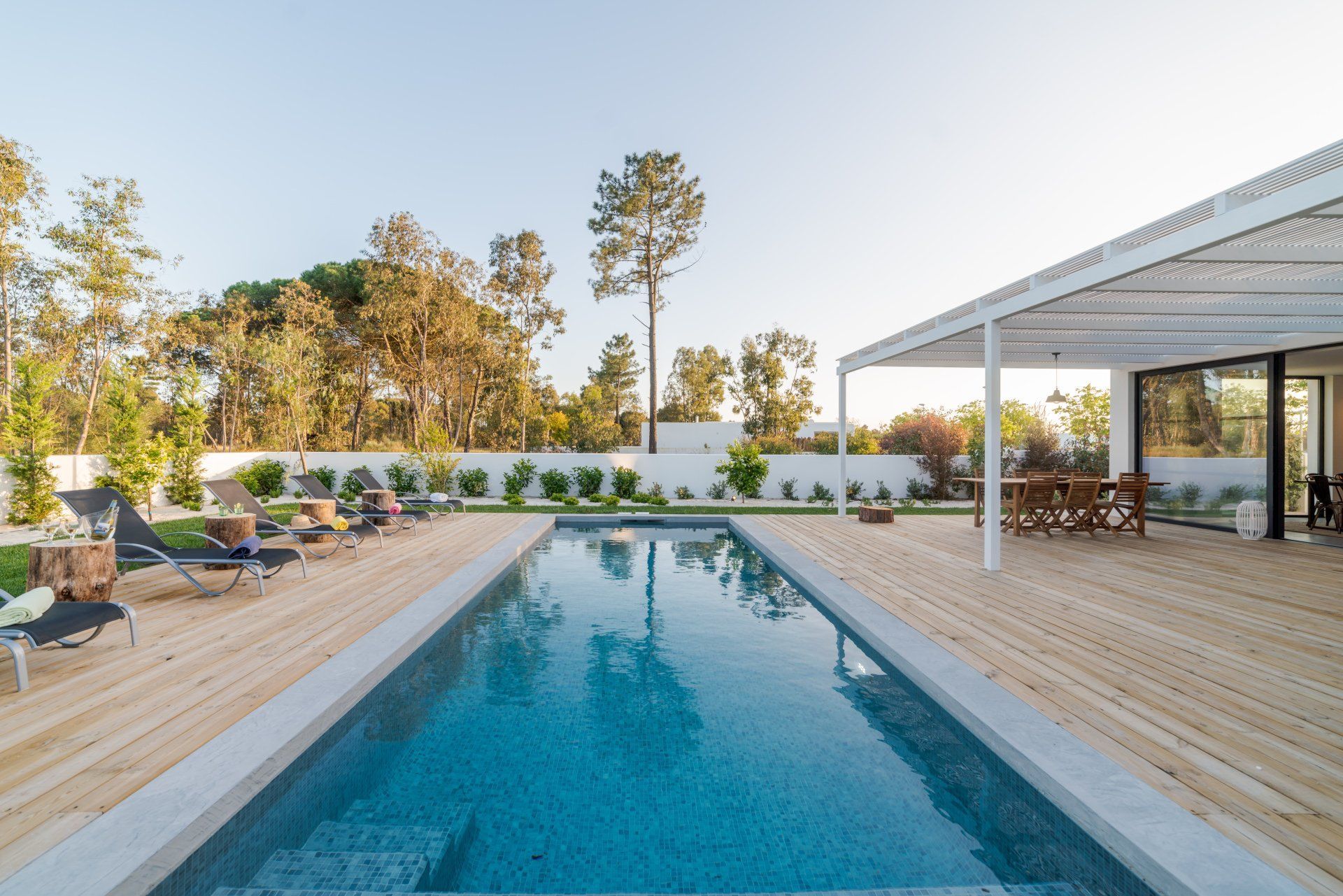
Having a pool in your home is cool, but it can come with concerns if you do not take care of it. You should know what type of water you have and keep pools clean by treating it with chemicals.
However, these very chemicals needed to treat water can have side effects. This is the case with pool calcium buildup.You may first notice you have a calcium buildup issue when you get out of the pool and notice your skin is extremely dry. Are you doing something wrong? What caused it and how can you correct it? Keep reading to get the answers.
What Causes Pool Calcium Buildup?
Calcium buildup is something you may see right away once it builds up. You will notice a white or white-to grey stain along the sides of your pool. Your skin will begin to itch when you leave the pool, and you may experience burning or itching eyes.
Excess calcium is a result of altered pH and calcium levels. Most parts in the US use hard water, which can leave calcium deposits. The average hardness water levels that lead to calcium buildup is 400-800pm. The higher the level, the higher the calcium levels, and the higher the chances of scaling.
There are two types of calcium buildup:
- Calcium Carbonate: White and flaky appearance that is normally easy to remove
- Calcium Silicate: white-grey color that's much harder to remove
Water hardness can also result from solutions used to clean the water. In order to manage calcium hardness and pH, you need to keep water at the right chemical balance. For pools, the ideal range is 200-400ppm.
Tips to Remove Calcium in the Pool
You should always remove calcium buildup the moment you notice it in your pool. If you leave it alone for too long, it can have lasting, permanent effects.
The first thing you want to do is complete a water test to determine the hardness of your water. If you see that your hardness levels are within the normal range, use a stain or scale remover to get rid of the deposits.
You would have to do an extra step in the event you have imbalanced pH levels. When pH is too high or too low, you need to correct the water hardness first before you use a scale and stain remover.
Draining your pool and refilling it will help lower calcium. After this, you can adjust the alkalinity once the calcium levels are back in range. If you still need to lower the pH, you should use muriatic or dry acid.
If the pH needs to go up some more, you will need to add chlorine to the pool. Do this slowly and be careful not to add too much at once. When you are finished, you want to re-test the pH level.
If you have a lot of calcium buildup that is tough to remove, you should opt to use a heavy calcium releaser when you are cleaning.
Materials to Clean
You want to use some type of material to slough off the calcium, especially when it is difficult to remove. You can use a pumice stone or stain eraser to help you.
As a note, pumice stones are only acceptable for hard surfaces when you need to scrub. You can prevent scratch marks by keeping both the stone and surface wet as you scrub.
Still, there are some surfaces you are best not using the stone with altogether. When you do not have the right material or know what to use, it's always better to get a professional instead.
Stain erasers can remove buildup in a similar, but more gentle way. Both the pumice stone or stain eraser work best with a cleaning solution rather than as a stand-alone method of cleaning.
Prevent Future Pool Calcium Buildup
When you correct calcium buildup successfully, the last thing you want is to deal with it again. You can prevent pool calcium buildup in the future by monitoring the pool's calcium and pH levels often.
Overall, you want to keep your pH water level on the lower end because high pH contributes to calcium scaling. It's also a good idea to install an automatic pool cover. It works by reducing evaporation. Evaporated water tends to leave calcium behind, and this device can help stop it.
You can also remove calcium on a regular basis without having to do a lot of leg work when you get a reverse osmosis water treatment. You don't have to be a slave to your pool and monitor it all the time.
These methods do all the work for you. So long as you do maintenance on your pool, you will not run into buildup issues. Weekly maintenance is the best way to prevent scaling before it becomes an unattractive problem.
Remove Calcium Buildup Yourself or Get a Professional
Having pool calcium buildup can take away from the beauty of your pool. It can also take away from the excitement of using it because of what it can do to your skin and eyes. The minute you see calcium buildup is when you want to remove it.
All in all, it is a fairly easy task most homeowners are able to do on their own so long as they follow the steps. However, it's not a task everyone can do or a task everyone wants to do. You can also get assistance from a pool service provider to return your pool back to pristine condition.
Contact us if you notice calcium buildup or have other pool concerns.
LayorCare Pool & Patio Products can help make your pool look as good as new again and make it safe once again to swim in.
Recent Posts
